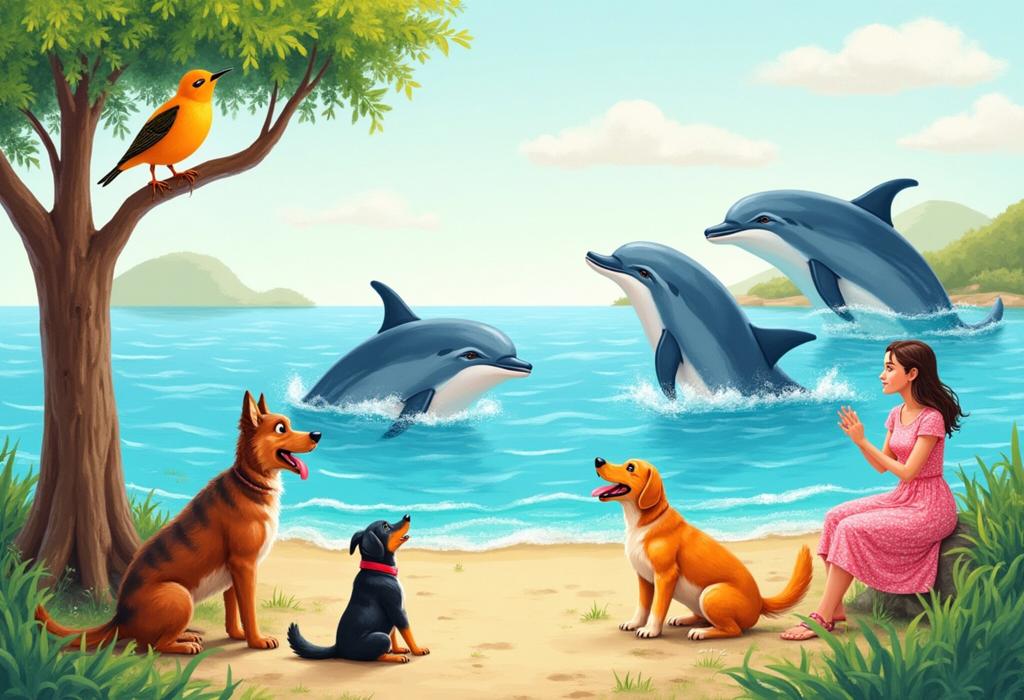For more details on this content, please review the step-by-step guide and frequently asked questions.
Is It Possible to Clone Extinct Animals?

Step-by-Step Guide
Understanding Cloning
Cloning is the process of creating a genetically identical copy of an organism. This involves using DNA from the donor organism to create an embryo that can develop into a new individual. To understand cloning, we first need to recognize the types of cloning—reproductive and therapeutic cloning—and how they apply to extinct species.
The Science of De-Extinction
De-extinction refers to the effort of bringing back extinct species through scientific methods. The primary techniques include cloning, selective breeding, and genetic engineering. Familiarize yourself with the idea of extracting DNA from preserved specimens to create new individuals.
Collecting DNA Samples
For cloning to take place, viable DNA must be obtained from extinct animals. This usually involves retrieving DNA from fossils, bones, or preserved specimens. Challenges arise due to DNA degradation over time, but advancements in technology have allowed scientists to extract ancient DNA (aDNA) from many sources.
Choosing the Right Species
Not all extinct species can be cloned due to the availability and quality of DNA. Researchers target species such as the woolly mammoth or passenger pigeon, which have more complete and well-preserved DNA samples compared to others. Learn about the criteria used to select candidates for de-extinction.
Creating a Genetic Blueprint
Once DNA is collected, scientists use advanced sequencing techniques to read and compile the genetic blueprint of the extinct animal. This process allows them to understand how to replicate the genetic traits necessary for creating a new organism that resembles the extinct species.
Somatic Cell Nuclear Transfer (SCNT)
One of the methods for cloning involves somatic cell nuclear transfer (SCNT). This technique requires the nucleus of a donor egg cell to be replaced with the nucleus of a somatic cell containing the DNA of the extinct animal. The egg cell must then be stimulated to divide and develop into an embryo.
Surrogacy: The Role of Closely Related Species
To bring the cloned embryo to term, closely related species serve as surrogates. The success of cloning often depends on this step, as the surrogate must have compatible reproductive systems. Discuss the challenges of using surrogates and which species are considered viable options.
Monitoring Development and Birth
After implantation, the embryo must be monitored throughout its development in the surrogate mother. This part of the process is crucial, as it determines the viability of the clone. Understand the gestation period and what complications may arise.
Ethical Considerations in Cloning
Cloning extinct animals raises numerous ethical questions. What are the implications for ecosystems if these animals are brought back? How do we balance scientific curiosity with potential ecological impact? Investigate various ethical perspectives on de-extinction efforts.
Conservation and Ecological Impact
Discuss the potential role of cloned animals in conservation efforts. Can cloning help restore lost ecosystems? Explore the possible benefits and drawbacks of introducing cloned animals into habitats and the reactions from existing species.
Legal and Regulatory Challenges
Understand the legal landscape surrounding cloning and de-extinction. What regulations govern genetic engineering and cloning in different countries? Identify the international and local laws that researchers must navigate.
Public Perception and Education
The success of cloning extinct animals also depends on public support and understanding. Discuss how education and outreach play roles in fostering a positive perception of these scientific advancements and how misconceptions can be addressed.
Current Progress in Cloning Extinct Animals
Review ongoing projects and initiatives in the field of de-extinction. Highlight the organizations that are actively working on cloning efforts, such as the Woolly Mammoth Project, and the outcomes of their research thus far.
Future Prospects and Conclusion
Conclude with a discussion about the future of cloning extinct animals. What advancements in technology may facilitate these efforts? Consider the broader implications for biodiversity, conservation, and our understanding of life sciences.








